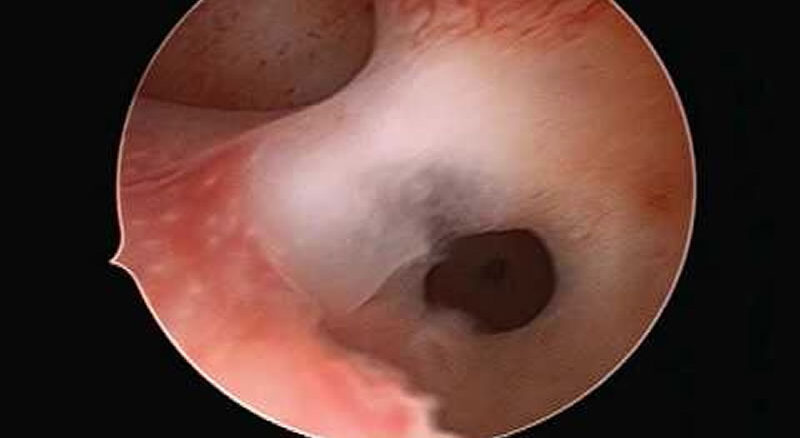What is Hysteroscopic Adhesiolysis?
Hysteroscopic adhesiolysis is a minimally invasive surgical procedure used to diagnose and treat intrauterine adhesions (IUAs), also known as Asherman’s syndrome. These adhesions are bands of scar tissue that form inside the uterine cavity, often causing menstrual irregularities and infertility. Using a hysteroscope – a thin, lighted telescope inserted through the vagina and cervix into the uterus – the surgeon visualises the adhesions and removes them to restore the normal shape and function of the uterus.

Symptoms of Intrauterine Adhesions
Patients with intrauterine adhesions may experience:
- Reduced menstrual flow (hypomenorrhea) or absent periods (amenorrhea)
- Recurrent miscarriages
- Infertility or difficulty conceiving
- Pelvic pain or cramping
- Recurrent implantation failure in IVF treatments
Procedure / Treatment
Hysteroscopic adhesiolysis is performed under general or regional anaesthesia. The procedure includes:
- Preparation: The cervix is gently dilated to allow the hysteroscope’s entry.
- Visualisation: The hysteroscope is inserted into the uterine cavity to locate adhesions.
- Adhesiolysis: Using fine surgical instruments or electrosurgical energy attached to the hysteroscope, the surgeon carefully cuts and removes the scar tissue.
- Restoration: The cavity is restored to its normal anatomy to improve menstrual function and fertility.
Depending on the severity, an intrauterine balloon or estrogen therapy may be recommended post-surgery to prevent recurrence of adhesions.
Types of Intrauterine Adhesions
- Mild Adhesions: Thin, filmy bands, easily removed.
- Moderate Adhesions: Thicker bands involving part of the uterine cavity.
- Severe Adhesions: Dense, fibrous bands causing near-total or total obliteration of the uterine cavity.
Prevention
While some adhesions are unavoidable due to previous uterine surgeries or infections, preventive measures include:
- Minimising uterine trauma during surgical procedures like D&C.
- Prompt treatment of uterine infections.
- Using intrauterine devices or balloons post-surgery to prevent reformation.
- Hormonal therapy (estrogen) post adhesiolysis to promote endometrial healing.
Benefits of Hysteroscopic Adhesiolysis
- Restores menstrual flow and normal uterine function
- Improves fertility outcomes and chances of conception
- Minimally invasive with faster recovery and minimal pain
- Day care procedure – most patients go home the same day
- High success rate in experienced hands
